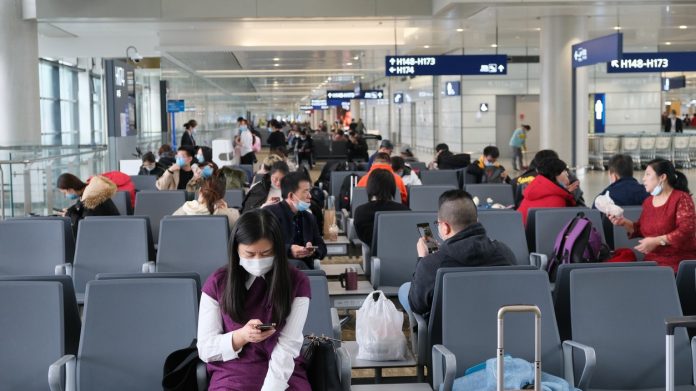Pre pandemic, China was one of the world’s largest outbound tourism and medical tourism markets, and an increasing number of countries were targeting China as a source of high spending medical travellers. As countries across the world re-open borders, many are waiting for China’s plans to resume outbound travel.
Hopes for a quick reopening have been dashed. Two of China’s largest cities, Shenzhen and Shanghai, imposed stringent restrictions on the movements of their residents, as a coronavirus outbreak continued to spread across much of Mainland China. Shenzhen, a city bordering Hong Kong announced a lockdown for seven days. Shenzhen and Shanghai both barred their residents from leaving either city. There have been suggestions that China was planning to open soon but international tensions caused by Russia have caused uncertainty.
According to the Civil Aviation Administration of China, regarding the next five years, international flights will gradually begin to resume. That is, from 2023 until 2025.
The probability is that China will not go from closed to open, but gradually lift restrictions and increase airline capacity so that at any time it can call a halt.
Based on the data collected by ForwardKeys in 2019 outbound destinations for Chinese travellers were Europe (51%), USA (17%) and Australia (9%), mostly to large cities. In Asia the top destinations were Japan, Thailand and South Korea, the latter two being popular with medical tourists.
Where and why Chinese people travel will depend on age. Those between 25 and 34 years account for 30% of the total. For 25 to 44 years, this rises to 52%. This group prefers individual travel to group travel. Older travellers tend to be in groups but spend more.
Many countries continue to pin their hopes on an immediate return of China to travel.
China outbound travel has returned to Macau, Hong Kong and Hainan. Macau has no medical tourism, Hong Kong has some, but it is expensive, while most go to Hainan.
The top origin cities are Beijing, Shanghai, Shenzhen, and Chengdu.
Consumption is shifting from sightseeing and shopping to more unique experiences and service-oriented products. The epidemic has strengthened young tourists’ use of new technology: learning about destinations on social-media platforms; sharing tourism experience via live-streaming sessions; online booking services; smart visitor flow management; digital tour guides; and virtual reality experiences at destinations.
According to China’s 14th five-year plan (2021-2025), the basic goals of tourism development are the tourism industry’s upgrading, including high-quality tourism services, innovative tourism formats and different experiences.
To tempt Chinese medical tourists, destinations will need to offer high quality at affordable prices, online booking, full use of social media and technology, plus excellent customer service. Many of these are what medical tourism destinations are not very good at, with a few exceptions.
Chinese medical tourists will need convincing to go to places other than Greater China for medical treatment. And if it does not live up to their expectations, they will be very fast in telling everyone about it.








 ©2024 All rights reserved LaingBuisson
©2024 All rights reserved LaingBuisson 


